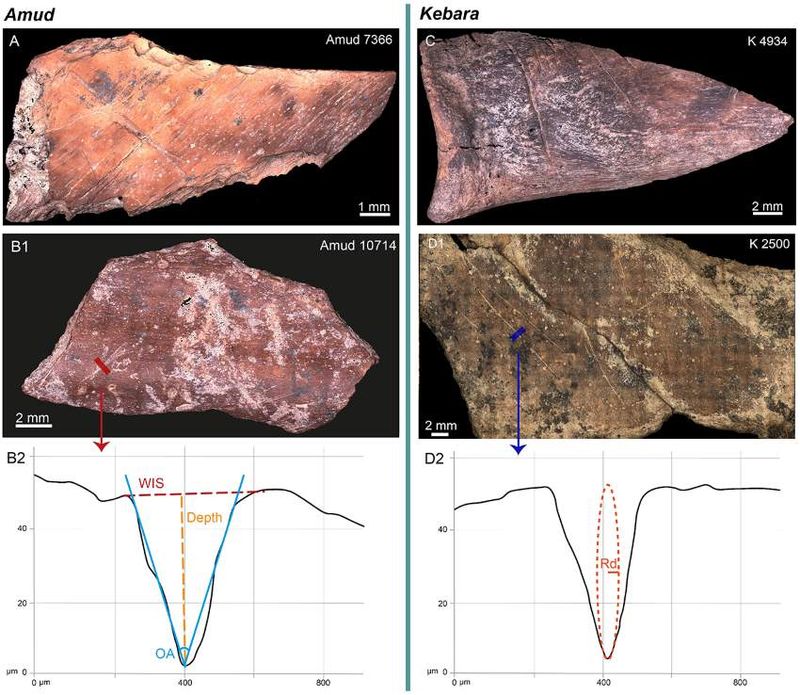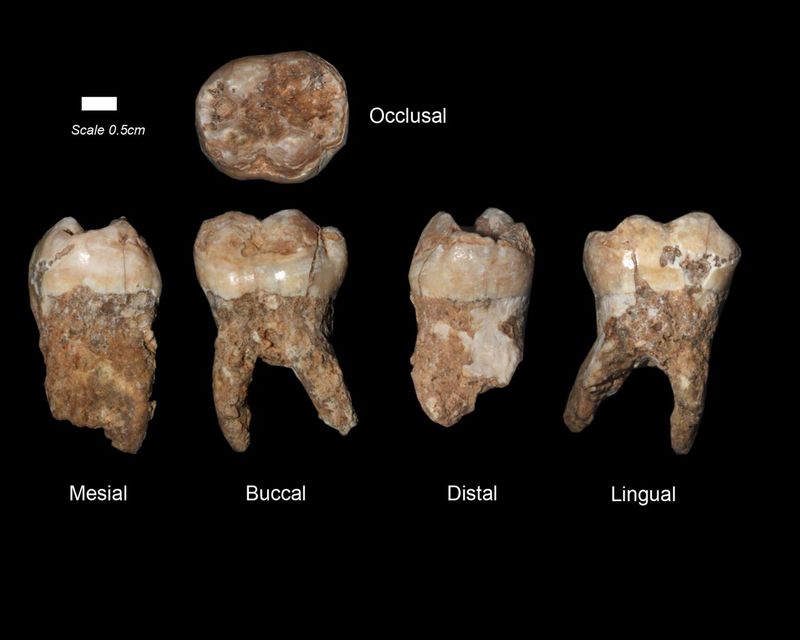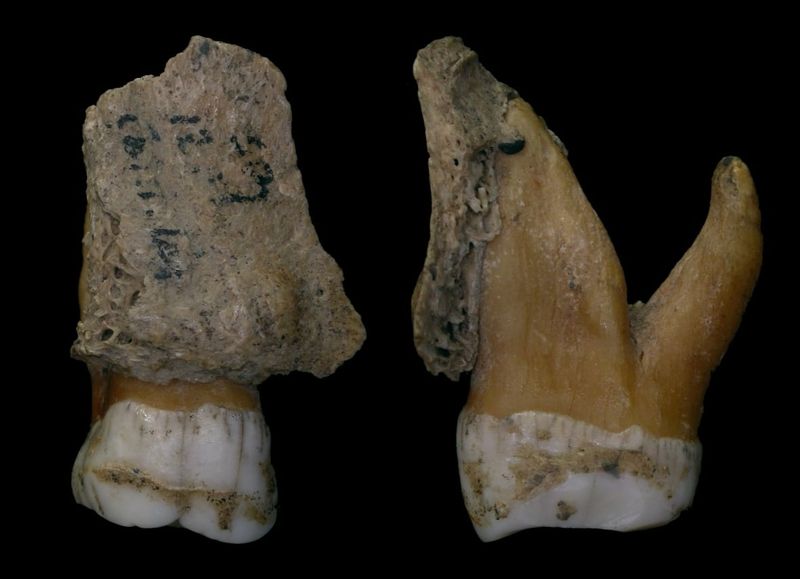When you think of Neanderthals, you probably imagine cave dwellers gnawing on raw meat by a fire. But recent discoveries are completely changing that picture. Scientists now believe our ancient cousins had favorite meals, cooking methods, and even regional food traditions—just like we have favorite family recipes today. Their food choices were far more sophisticated than anyone expected.
Regional Butchering Styles Showed Cultural Traditions
A fascinating study examined bones from two caves in northern Israel—Amud and Kebara—only 70 kilometers apart. Both groups hunted the same animals like mountain gazelles and fallow deer, but they butchered them completely differently. Researchers analyzed 344 bone fragments and found that Amud bones had dense, overlapping cut marks suggesting heavy, repeated slicing.
Meanwhile, Kebara bones showed fewer, straighter cuts that looked more uniform. Even though both groups used similar flint tools, their cutting techniques varied significantly. This isn’t just random—it points to group-specific traditions passed down through generations, much like how different cultures today prepare meat in their own unique ways.
Plant-Based Foods Were Part of Their Menu
Forget the idea that Neanderthals only ate meat. Scientists studying dental tartar from Neanderthal teeth in Spain and Belgium discovered something amazing: traces of plants like pine nuts, mushrooms, and moss. These weren’t accidental—they were deliberately consumed as part of regular meals.
At Spain’s El Sidrón cave, researchers identified forest foods that required knowledge to gather safely. Belgian Neanderthals from Spy Cave also ate mushrooms alongside their meat. This reveals a varied, balanced diet that took advantage of seasonal plants. Clearly, these ancient people knew which plants were nutritious and worth collecting, showing impressive botanical knowledge for their time.
They Used Plants as Medicine
Here’s something that might surprise you: Neanderthals appear to have self-medicated using natural remedies. Dental studies uncovered traces of poplar in one individual’s teeth, which contains salicylic acid—the same pain-relieving ingredient found in modern aspirin. Even more remarkable, they also consumed Penicillium fungus, a natural antibiotic.
This wasn’t accidental eating. The individual likely had an infection or pain and deliberately sought out these plants for relief. This behavior shows advanced understanding of their environment and problem-solving abilities. It’s essentially prehistoric pharmacy, proving Neanderthals could identify medicinal plants and use them intentionally to treat ailments, just like traditional medicine practices worldwide.
Cooking Techniques Included Roasting and Flavoring
Neanderthals weren’t just throwing meat on a fire randomly—they had actual cooking methods. Archaeological evidence from Cueva del Sidrón in Spain shows they roasted and smoked meat, techniques that require planning and skill. What’s really interesting is they used plants like yarrow and chamomile, possibly for flavoring their food.
Their dental plaque also contained bacteria adapted to digesting starches, meaning they regularly ate starchy foods like tubers and nuts, probably cooked to make them easier to eat. These cooking practices weren’t simple—they demonstrate understanding of how heat changes food and makes it tastier and more digestible. Basically, Neanderthals had their own cuisine.








